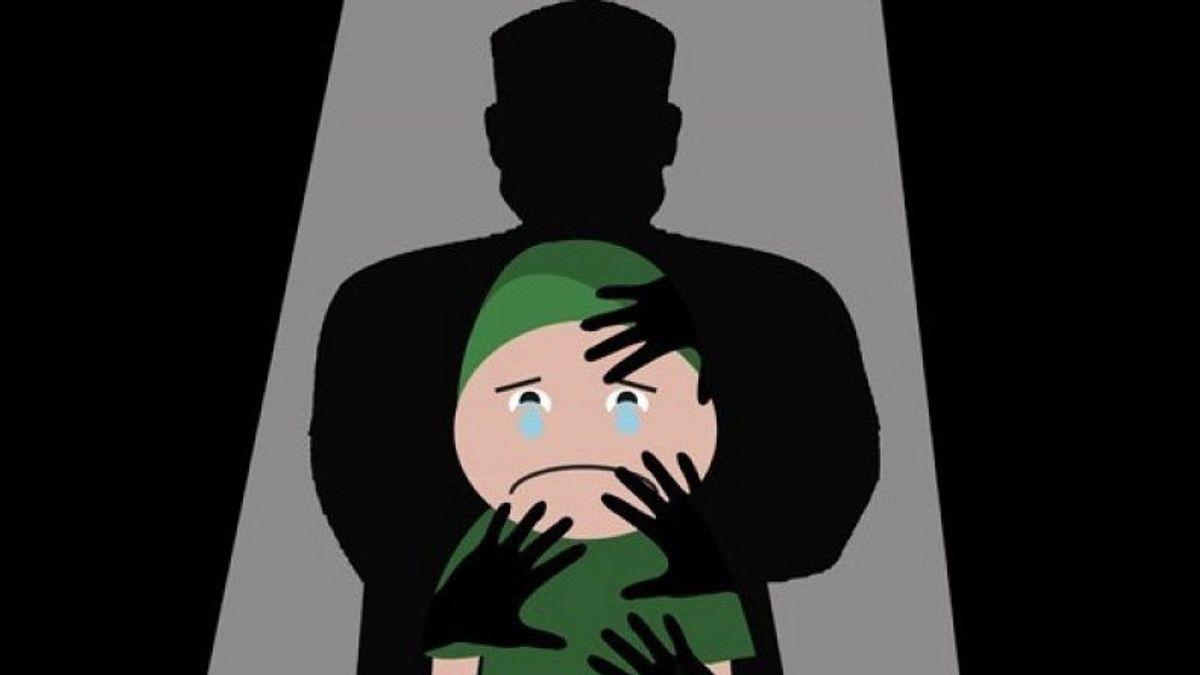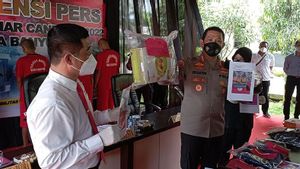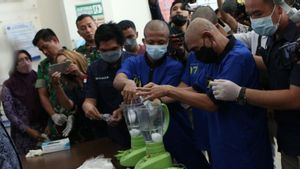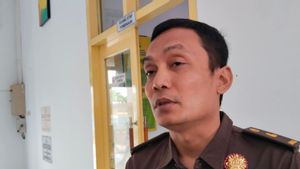
JAKARTA - The high number of cases of sexual harassment in Indonesia has prompted psychologist Lia Sutisna Latif M.Psi to mention the need for self-defense education from foreigners for children, adolescents, and adults to prevent such behavior in public spaces.
"It is important to educate the public and various groups, so that they know 'oh this is what I have to do'. Because it's okay to have self-defense from strangers, it is necessary and very necessary," Lia said, quoted by Antara in Jakarta, Monday, July 4.
For example, Lia said that children can be taught to always be with their parents when they are in public spaces. Then for children who are in public spaces with friends, Lia suggests that children should not be in one place alone.
"Then if someone offers (drinks) at a bar or cafe, don't accept something easily or for example pretend to be acquainted, they can be answered briefly but politely," said Lia.
Types of perpetrators and impact on victims
Furthermore, the forensic psychology lecturer at PTIK said that from a number of cases and research she studied, there were three types of perpetrators of sexual harassment.
The first is the background of the perpetrator's personality, behavior patterns or habits, and demographic characteristics such as open places with lots of people or quiet open places.
In addition, there are also typical organizations, namely people who feel they have a position or so take advantage of victims who look 'weak'. There are also typical perpetrators who are impulsive and dare to take risks, for example in public transportation. And the last is opportunistic, which is typical of those who take advantage of situations such as a quiet public space.
"Usually the profiles of perpetrators like this are angry, have destructive behavior, and have an antisocial personality," she said.
SEE ALSO:
The number of sexual harassment that occurs in public spaces makes the surrounding community have to take part in overcoming the incident. If the community or people closest to them see an act of sexual harassment, Lia asks the community to immediately withdraw the victim from the perpetrator and take the victim to a place where the victim can calm down.
"The most important thing is that we make the victim safe first, we pull it out, we ask you are okay or suddenly cry, we try to calm it down, the others help deal with the perpetrator. But the most important thing is how to make the victim comfortable and accepted first, we must prioritize the victim first,” added Lia.
Meanwhile, for children, the psychological effects that Lia said usually are shame, feeling guilty for "allowing" the perpetrator to do this without her realizing it, feeling afraid to meet adults, and having nightmares due to unpleasant and frustrating memories. The same effect can also apply to adolescent victims and adults.
APSIFOR's public relations officer also said that the role of parents is very important to prevent sexual abuse of children. Research says that one of the occurrences of sexual harassment is that parents lack attention or awareness of the presence of children in public places.
"Sexual education can also be (taught) from an early age. It's not only the introduction of reproduction. For example, like children starting at the age of 3 years, because children have started to get to know adults, children begin to interact, then we introduce who you can know (parents or doctors)," she said.
Lia said there are not many victims who can immediately report sexual harassment, especially women. Many considerations are faced, one of which requires a phase to calm down and be afraid of public attitudes. The support of the closest people is also very important at this stage.
"Not all are ready to report, so it depends on each individual," said Lia.
Data from the Online Information System for the Protection of Women and Children (SIMFONI PPPA) of the Ministry of PPPA shows that sexual harassment is not only experienced by women. From January 1 to July 2022, there were 10,569 female victims and 1,769 male victims out of a total of 11,400 cases, and 56.2 percent of victims to children.
The English, Chinese, Japanese, Arabic, and French versions are automatically generated by the AI. So there may still be inaccuracies in translating, please always see Indonesian as our main language. (system supported by DigitalSiber.id)

















